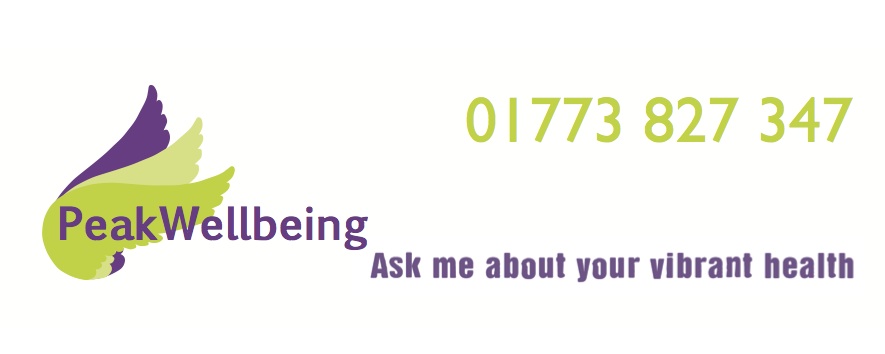In this
inspiring webcast by Oprah Winfrey & Eckhart Tolle
(please click the link to view), we meet Rita (21 minutes in, though I
encourage you to watch the whole thing), an audience member, who shares a
wonderful lesson on not allowing other people to hurt you. Rita says
“I don’t any longer think it’s possible that other people can hurt me.
They’re just giving me their observation, and I’m giving it meaning, and
so I get to choose what that meaning is.”
She then goes on to say that her favourite response when she’s receiving
criticism is ‘You could be right’. How magical is that? It completely
dissipates the negativity and transforms it into nothingness. What
the other person is saying to you is their opinion, they’re entitled to
it and in their mind, it’s right. That doesn’t mean that it has to be
right for you. You have a choice. You can choose not to get upset,
angry and to enter into an argument about it. You can choose to ignore
it, or act upon it, but it doesn’t have to hurt you anymore.
Imagine the next time someone criticises you “The house is too messy and
you’re a slob”. When you feel that hit you and the anger rise inside,
it would be very easy to say “How dare you call me a slob, you’ve got no
idea how busy I’ve been today and when was the last time you did any
housework anyway?” You can see where that’s going, it’s a one-way
street to argument town and before you know it you’re shouting and
screaming obscenities at each other. You both end up feeling wounded,
frustrated and exhausted. Now what would happen if you replied “You
know what, you might be right”? Not a lot, as the comment is
completely blown through you. No sore spots hit, no chords struck, just
inner peace allowing the negativity to dissolve into nothingness.
I

t
works for positive comments too. People say nice things to you, and
you can become addicted to that. You can live for the appreciation, the
ego boost, and get hung up on it when you don’t receive it. When you
make a choice about how it’s going to affect you, you can decide that
whilst it’s lovely to hear such things, you’re not dependant upon it.
You’re not going to feel sad if no one complimented you today.
You’re no longer dependant on what other people say. You’re no longer a
slave to other people hurting you and making you feel bad, or relying
on an outsider to give value to your life. You’re enough when you
receive negative comments and you’re enough when you receive positive
comments. Repeat after me – ‘I’m enough’! What an amazing place to
be. Thank you Rita, Oprah & Eckhart.

 t
works for positive comments too. People say nice things to you, and
you can become addicted to that. You can live for the appreciation, the
ego boost, and get hung up on it when you don’t receive it. When you
make a choice about how it’s going to affect you, you can decide that
whilst it’s lovely to hear such things, you’re not dependant upon it.
You’re not going to feel sad if no one complimented you today.
t
works for positive comments too. People say nice things to you, and
you can become addicted to that. You can live for the appreciation, the
ego boost, and get hung up on it when you don’t receive it. When you
make a choice about how it’s going to affect you, you can decide that
whilst it’s lovely to hear such things, you’re not dependant upon it.
You’re not going to feel sad if no one complimented you today. 


 One
in ten people in the UK use complementary medicine each year and 50% of
those are lifetime users, despite it receiving repeatedly bad press and
coming under increasing pressure from European laws.
One
in ten people in the UK use complementary medicine each year and 50% of
those are lifetime users, despite it receiving repeatedly bad press and
coming under increasing pressure from European laws. Why is CAM so popular?
Why is CAM so popular?

 What
does it mean to be vulnerable? The dictionary defines it as ‘More or
most likely to be exposed to the chance of being attacked or harmed,
either physically or emotionally;’ [Wiktionary.org]. It may be seen as
a sign of weakness to be vulnerable, but according to Brene Brown’s
recent TED talk (see below), without vulnerability, we are unable to
experience joy, happiness and gratitude.
What
does it mean to be vulnerable? The dictionary defines it as ‘More or
most likely to be exposed to the chance of being attacked or harmed,
either physically or emotionally;’ [Wiktionary.org]. It may be seen as
a sign of weakness to be vulnerable, but according to Brene Brown’s
recent TED talk (see below), without vulnerability, we are unable to
experience joy, happiness and gratitude. 
